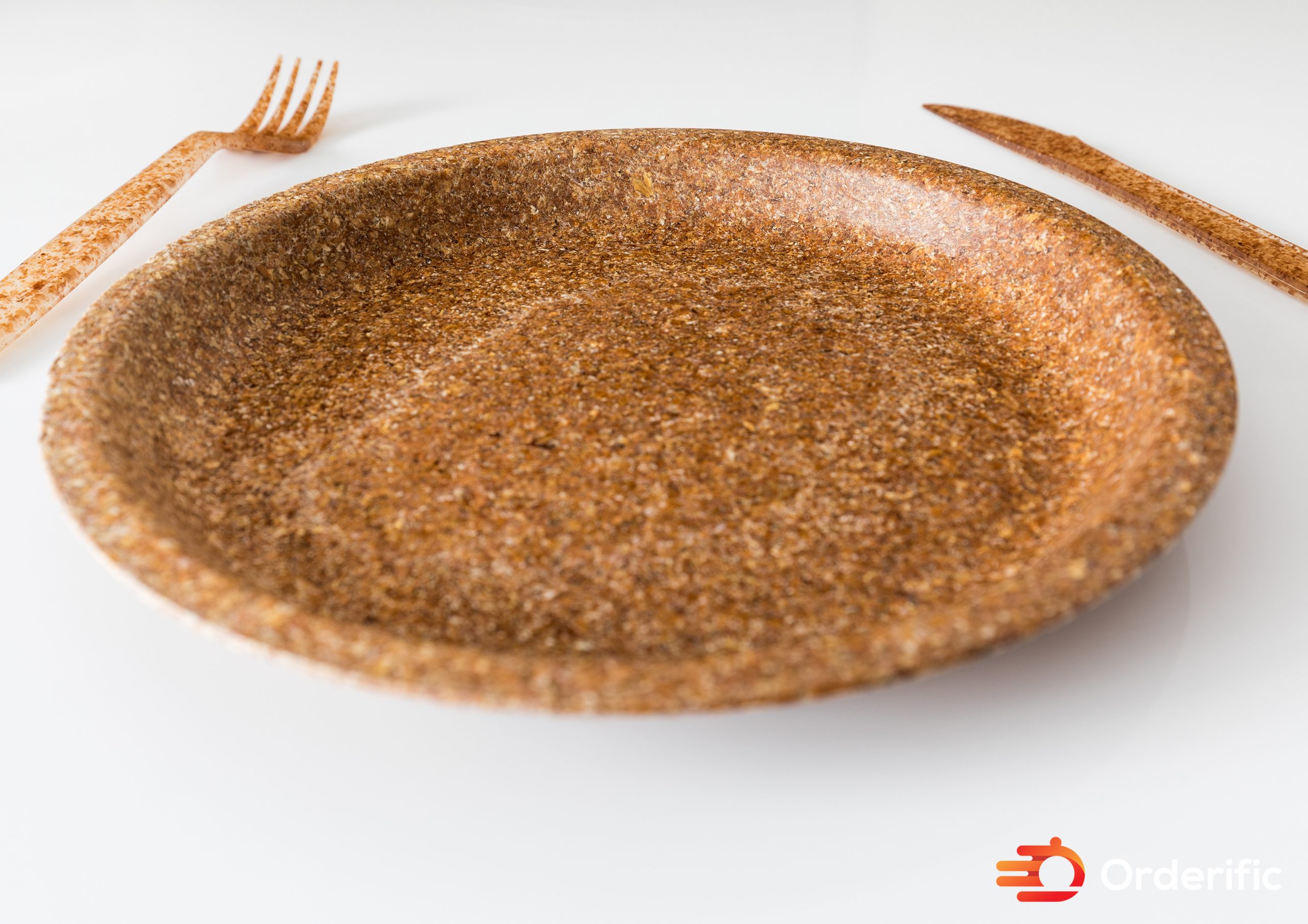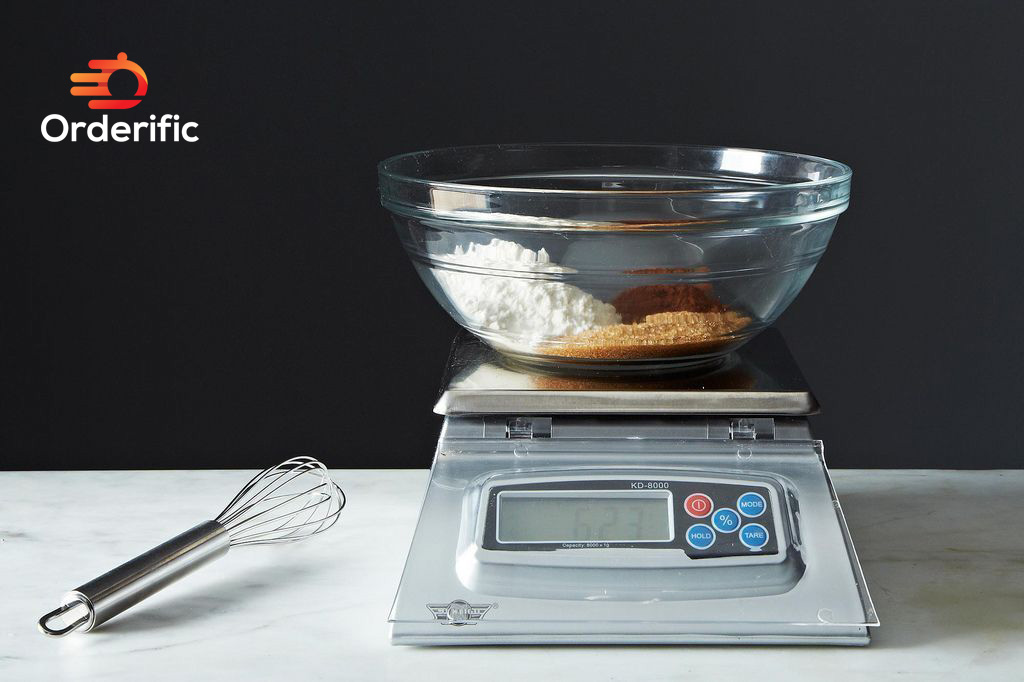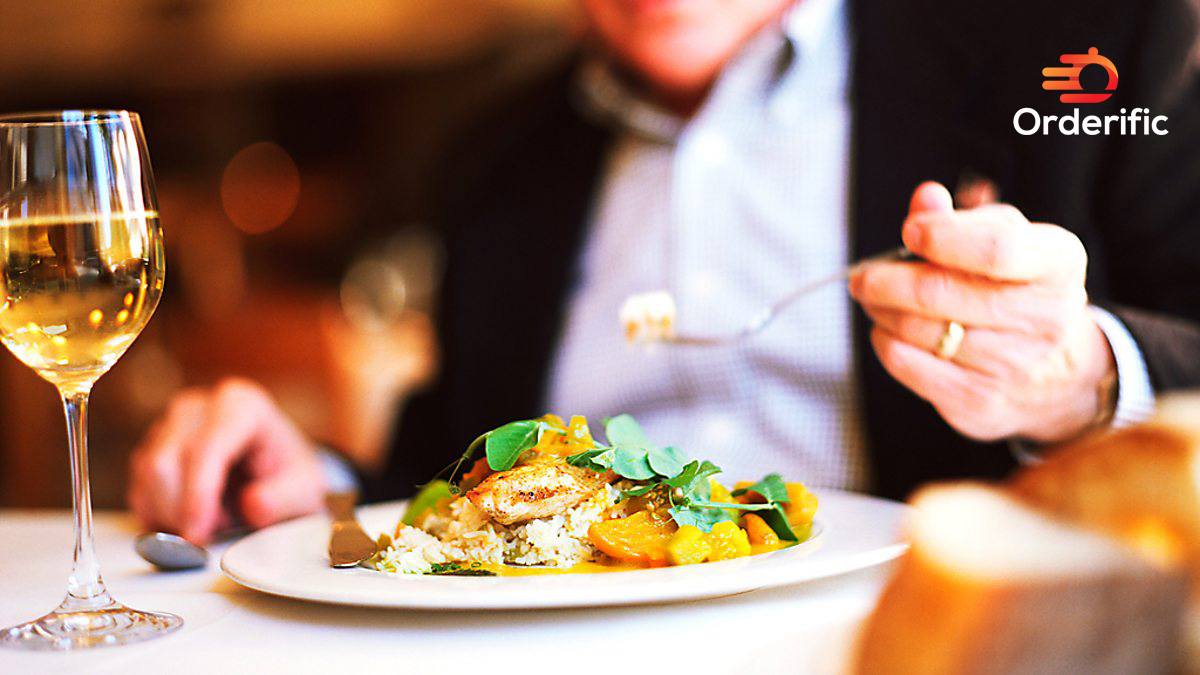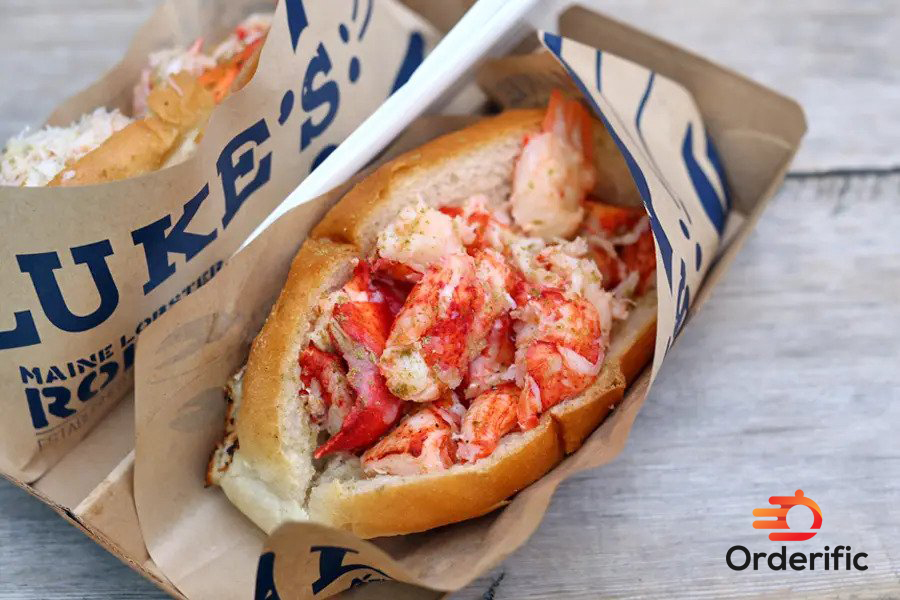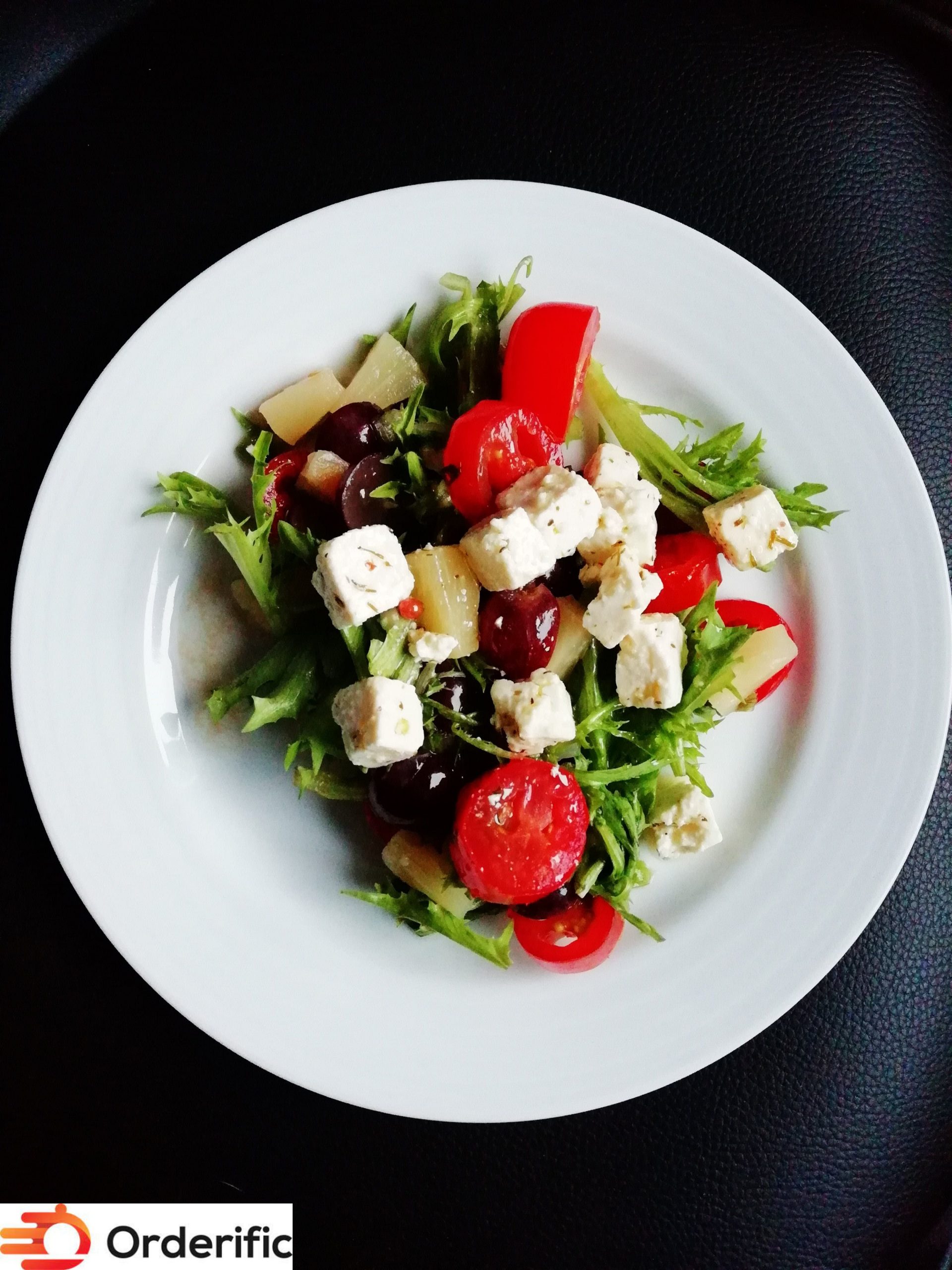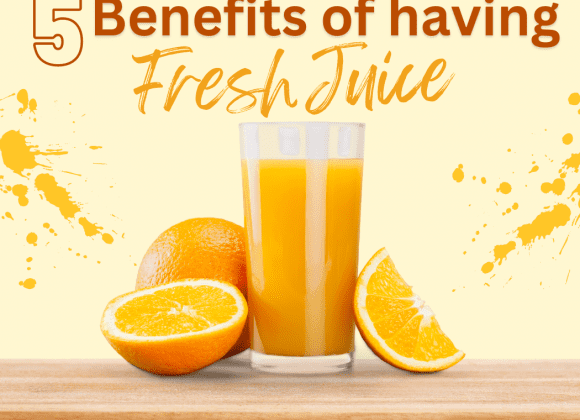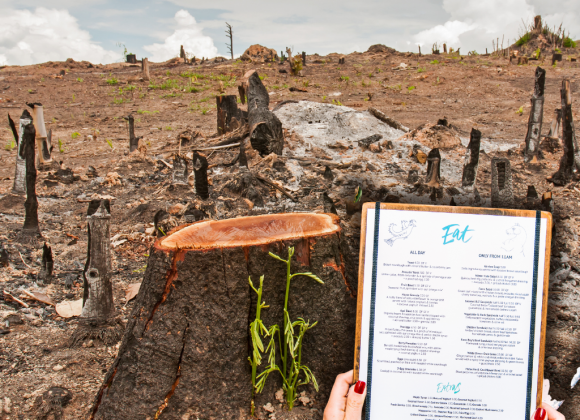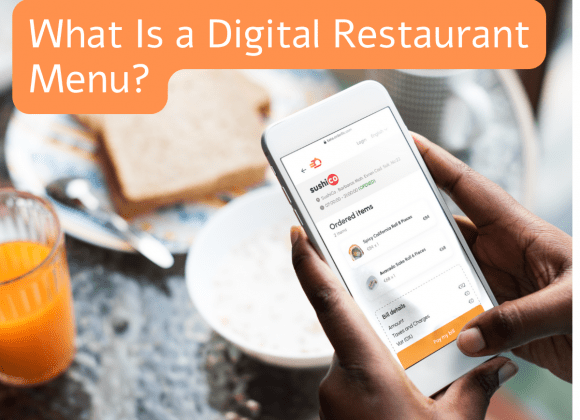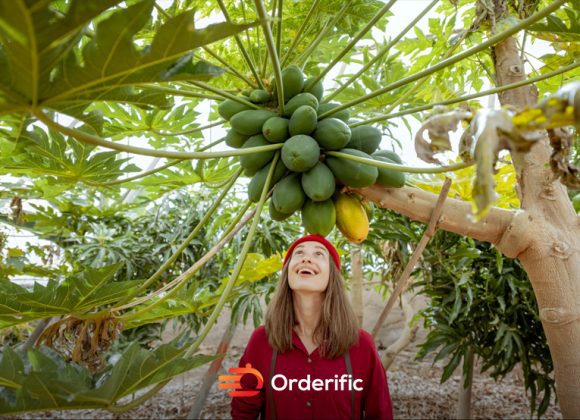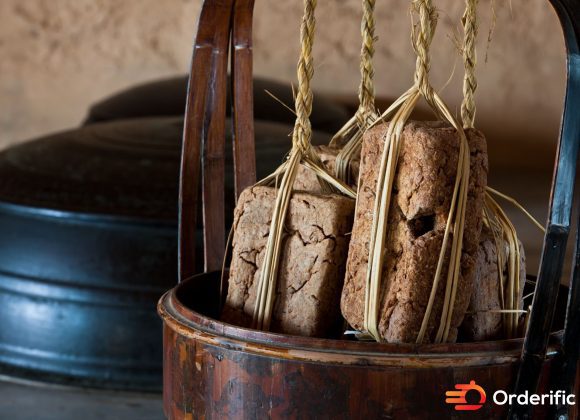It’s evident that our world is grappling with increasing concerns about environmental sustainability. The products we use on a daily basis contribute to the mounting global waste issue, which is exacerbated by single-use items such as plastic utensils. However, a remarkable solution akin to a whimsical culinary journey has emerged: Edible Spoons.
Yes, you read that right! Edible spoons are not just whimsical novelties but a serious solution to the enormous problem of plastic waste. They serve a dual purpose – they help you devour your favorite food, then transform into a delightful treat themselves, effectively reducing waste and providing a unique dining experience. Sounds intriguing? Let’s explore further.
5 Benefits of Edible Cutlery
As we gear towards a more sustainable future, the innovation of edible cutlery stands out as a novel approach to reducing environmental impact while adding a fun twist to the dining experience. Here are five benefits of embracing edible cutlery:
1. Edible Cutlery Is Environmentally Friendly And Sustainable
Amid growing concerns about our environment’s health, the rise of edible cutlery has presented an exciting, eco-friendly alternative to traditional utensils. These innovative dining tools, primarily spoons, are paving the way for a more sustainable future by providing a solution to the significant problem of plastic waste.
Plastic cutlery has been an environmental concern for many years. These utensils, despite their convenience, contribute to mounting waste in our landfills and pollute our oceans, impacting wildlife and ecosystems. It’s estimated that plastic cutlery can take hundreds of years to decompose, while some pieces may never fully break down. Furthermore, their production consumes energy and resources, adding to the environmental toll.
Sustainable Alternatives
Edible cutlery, on the other hand, exemplifies our ability to reduce reliance on non-renewable resources and embrace sustainable alternatives. Crafted from food-grade materials like flours and grains, these spoons are not only biodegradable but also edible. As a result, they offer a solution to the escalating issue of waste disposal, unlike plastic alternatives.
Smaller Carbon Footprint
From an environmental standpoint, the production of edible spoons also has a smaller carbon footprint. As these spoons are made from plant-based raw materials, they require less water and energy for production compared to plastic cutlery. Additionally, unlike plastic utensils, they do not release harmful toxins when disposed of.
Additionally, edible cutlery can promote sustainable farming practices. Many of these utensils are made from crops like millet, sorghum, or rice, which are often grown using methods that prioritize soil health and biodiversity. By creating a market for these crops, edible cutlery could potentially support farmers who opt for sustainable cultivation practices.
2. Edible Cutlery Is Safe To Eat- Nutritious & Healthy
There’s a special satisfaction in being able to enjoy your cutlery after using it, knowing that you’re contributing to a healthier planet. What’s even more delightful is that edible cutlery not only offers an eco-friendly alternative to plastic but also serves as a nutritious and wholesome snack.
Ingredients Involved
Edible spoons are typically crafted from wholesome ingredients like wheat flour, rice flour, and millet. These ingredients offer essential nutrients such as fiber, vitamins, and minerals. Some brands even incorporate nutrient-rich superfoods like buckwheat, amaranth, or quinoa to enhance their nutritional value. It’s almost like enjoying an additional serving of whole grains with your meal!
The process of creating these spoons involves baking instead of frying, eliminating the excessive unhealthy fats. Moreover, they are free from preservatives or artificial flavors, which are commonly present in traditional disposable cutlery. Consequently, edible spoons provide a safer and more eco-friendly alternative.
The Flavors
Edible spoons can have a wide range of flavors, spanning from neutral to savory or sweet, depending on the chosen ingredients. While some are designed to not influence the flavor of your meal, others can be selected to complement the dish you’re eating. For instance, a chocolate spoon could make your coffee experience even more delightful, while a spicy chili spoon could add an extra kick to your soup.
Safe for Kids
These spoons are not only safe for eating, but they are also a delightful way to make meals more enjoyable for both kids and adults. Moreover, they serve as a conversation starter, promoting sustainability and eco-friendly choices.
3. Edible Cutlery is Functional
Not only is edible cutlery environmentally friendly and nutritious, but it also serves its primary purpose – being a utensil. Whether you’re enjoying a warm meal or some ice cream, an edible spoon can handle the job. More than a mere novelty, these utensils provide a practical and enjoyable way to consume your food.
Let’s think about a spoon. It seems simple, right? But when you delve into it, a spoon needs to be solid enough to scoop or stir food, be it ice cream or hot soup, without changing shape or melting. Here’s where edible cutlery shines!
Edible spoons are designed with functionality at the forefront. They are sturdy and can withstand various temperatures and types of food, making them as functional as their plastic or metal counterparts. Whether you’re digging into a hot bowl of soup or stirring a cold dessert, edible cutlery can handle it all without bending, melting or breaking.
4. Edible Cutlery is Strong And Durable
You might worry that an edible spoon would fall apart or become soggy while eating. However, they are remarkably durable and can withstand various food textures and temperatures. They maintain their structure even when subjected to hot soup or cold dessert, making them a reliable utensil option.
Crafted from a blend of wholesome wheat, rice, or millet flours, mixed with water to form a thick dough, the concoction undergoes high-temperature baking. The outcome? A sturdy, crispy spoon capable of tackling an array of delectable dishes. Whether it’s a piping hot bowl of soup, a refreshing ice cream sundae, or a hearty salad, these spoons effortlessly carry out their duty without faltering or becoming soggy.
Edible spoons possess not just durability, but they also retain their structural integrity for an extended period. Unlike plastic cutlery, which may warp or degrade over time, edible spoons retain their form until they’re eaten or naturally decompose, causing no harm to the environment.
5. Edible Cutlery Can Be Flavorless or Flavorful
Edible cutlery may strike you as peculiar at first, but its inventive nature is hard to overlook. You might ponder: “What does edible cutlery taste like?”
One enticing aspect of these innovative utensils is their ability to be both flavorless and flavorful. The creators have mastered the craft of crafting spoons that don’t interfere with the flavors of your dish, while also adding a delectable twist to your meals.
The flavorless variety boasts a subtle, neutral taste. Its purpose is to preserve the flavors of the food you’re enjoying. Imagine savoring a warm bowl of soup; as you delve into it, the spoon softens but doesn’t introduce any additional flavors, allowing you to relish the soup entirely.
On the other hand, flavorful edible spoons come in a wide range of tastes, from sweet to savory. They can be infused with herbs, spices, or even a hint of sweetness to complement the dish they accompany. Imagine a mint-flavored spoon with your ice cream or a cumin-flavored spoon with your chili. The spoon slowly releases its flavor as you eat, adding an extra dimension to your meal.
Conclusion
In essence, edible spoons are not just a fun concept; they are a step towards a sustainable future. They provide a solution that marries culinary delight and environmental consciousness, offering a unique way to enhance the dining experience while contributing positively to our planet. The next time you reach for a plastic spoon, remember: there’s a tastier, more eco-friendly option that awaits!
In case you want more content like this, visit Orderific right now!
FAQs
How long can edible cutlery last?
Edible cutlery can last for a surprisingly long time if kept in dry conditions. They generally maintain their excellent condition for approximately two to three years.
Why are utensils not made of plastic?
Plastic cutlery poses major environmental issues as they cannot biodegrade, leading to their accumulation in landfills and oceans, resulting in adverse impacts on wildlife and ecosystems.
How will edible cutlery impact the plastics industry?
The rise of edible cutlery could lead to a decrease in the demand for single-use plastic utensils.
How is bamboo cutlery better than plastic or metal?
Bamboo cutlery is a sustainable and biodegradable option. Unlike plastic, bamboo is a renewable resource and breaks down over time without harming the environment.


